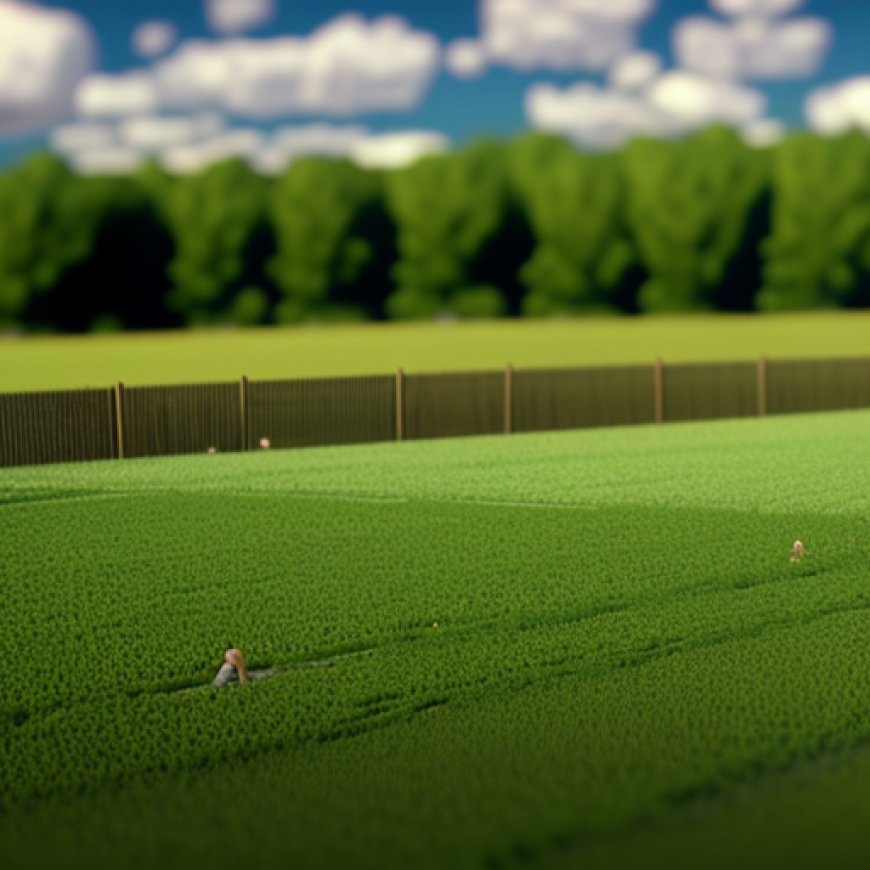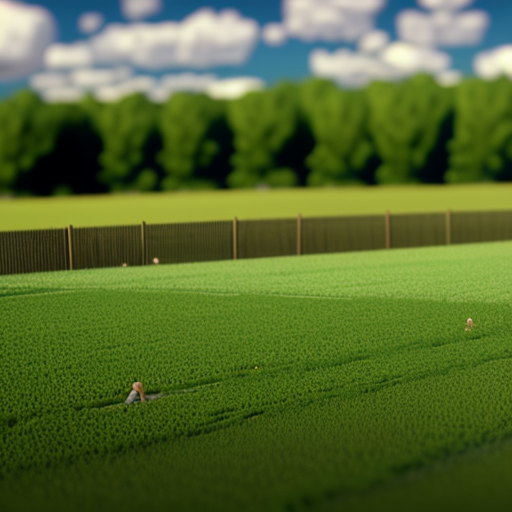Deal for farmland in Richmond Twp. latest PDR agreement in Macomb County
Deal for farmland in Richmond Twp. latest PDR agreement in Macomb County The Macomb Daily


This past week saw another effort by farmers to preserve agricultural land for future generations
Phylis Fuerstenau recently signed a Purchase of Development Rights (PDR) agreement for her family’s land in Richmond Township, ensuring that 80 acres of farmland will remain preserved forever.
Signing Ceremony
The signing ceremony was attended by various officials and members of the farming community, including Macomb County Executive Mark Hackel, Macomb County Board of Commissioners Chair Don Brown, Macomb County Public Works Commissioner Candice Miller, Richmond Township Supervisor Chris DeVos, and farmer Ken DeCock.
Increasing Awareness
Farmers are starting to see the PDR agreement as a viable financial option, and the turnout at the signing ceremony is a positive sign that the word is spreading.
What is a Purchase of Development Rights (PDR) Agreement?
A PDR agreement allows landowners to preserve their property as farmland indefinitely. In exchange for preserving the land for agriculture, the landowner is paid the fair market value of the development rights of the property. An easement is then placed on the land, prohibiting any non-agricultural use. The agreement is coordinated with county officials and funded by grant money from the Michigan Department of Agriculture and Rural Development.
Macomb County’s PDR Committee
The Macomb County Agricultural Purchase of Development Rights Committee, established in 2008, is the only intergovernmental agreement PDR body in Michigan. So far, six townships have participated in the program, preserving a total of 413 acres of farmland.
Preserving Farmland and a Way of Life
Preserving prime farmland through PDR agreements not only ensures future agricultural production but also helps preserve a way of life for future generations. It is a legacy for the family and a commitment to organized development that benefits the community.
Value of Development Rights
The value of the development rights is determined by calculating the difference between the development value and the agricultural value of the land. In the case of Phylis Fuerstenau’s agreement, her family received $240,000 for preserving their land.
Recognition of Agricultural Producers
Jeff Schroeder, deputy director of Macomb County Planning and Economic Development, commended Vern and Theresa Kulman and other agricultural producers who have participated in the PDR program. Their actions demonstrate their recognition of the economic significance, environmental stewardship, and cultural heritage of farming in Macomb County.
SDGs, Targets, and Indicators in the Article
1. Sustainable Development Goal 2: Zero Hunger
– Target 2.4: By 2030, ensure sustainable food production systems and implement resilient agricultural practices that increase productivity and production, that help maintain ecosystems, that strengthen capacity for adaptation to climate change, extreme weather, drought, flooding, and other disasters, and that progressively improve land and soil quality.
– Indicator 2.4.1: Proportion of agricultural area under productive and sustainable agriculture.
2. Sustainable Development Goal 11: Sustainable Cities and Communities
– Target 11.3: By 2030, enhance inclusive and sustainable urbanization and capacity for participatory, integrated, and sustainable human settlement planning and management in all countries.
– Indicator 11.3.1: Ratio of land consumption rate to population growth rate.
3. Sustainable Development Goal 15: Life on Land
– Target 15.1: By 2020, ensure the conservation, restoration, and sustainable use of terrestrial and inland freshwater ecosystems and their services, in particular forests, wetlands, mountains, and drylands, in line with obligations under international agreements.
– Indicator 15.1.1: Forest area as a proportion of total land area.
Analysis
1. The issues highlighted in the article are connected to Sustainable Development Goals 2, 11, and 15. These goals address the topics of zero hunger, sustainable cities and communities, and life on land, respectively.
2. Based on the article’s content, the specific targets that can be identified are:
– Target 2.4: Ensuring sustainable food production systems and resilient agricultural practices.
– Target 11.3: Enhancing inclusive and sustainable urbanization and human settlement planning.
– Target 15.1: Ensuring the conservation, restoration, and sustainable use of terrestrial ecosystems.
3. The article mentions indicators that can be used to measure progress towards the identified targets:
– Indicator 2.4.1: Proportion of agricultural area under productive and sustainable agriculture.
– Indicator 11.3.1: Ratio of land consumption rate to population growth rate.
– Indicator 15.1.1: Forest area as a proportion of total land area.
The article discusses the implementation of the Purchase of Development Rights (PDR) program, which allows landowners to preserve their property as farmland in perpetuity. This aligns with the target of ensuring sustainable food production systems and resilient agricultural practices (Target 2.4). The PDR program involves placing easements on the land to prohibit non-agricultural use, which can be measured by the indicator of land consumption rate to population growth rate (Indicator 11.3.1). The preservation of farmland also contributes to the conservation and sustainable use of terrestrial ecosystems, which can be measured by the indicator of forest area as a proportion of total land area (Indicator 15.1.1).
Table: SDGs, Targets, and Indicators
| SDGs | Targets | Indicators |
|---|---|---|
| Sustainable Development Goal 2: Zero Hunger | Target 2.4: By 2030, ensure sustainable food production systems and implement resilient agricultural practices that increase productivity and production, that help maintain ecosystems, that strengthen capacity for adaptation to climate change, extreme weather, drought, flooding, and other disasters, and that progressively improve land and soil quality. | Indicator 2.4.1: Proportion of agricultural area under productive and sustainable agriculture. |
| Sustainable Development Goal 11: Sustainable Cities and Communities | Target 11.3: By 2030, enhance inclusive and sustainable urbanization and capacity for participatory, integrated, and sustainable human settlement planning and management in all countries. | Indicator 11.3.1: Ratio of land consumption rate to population growth rate. |
| Sustainable Development Goal 15: Life on Land | Target 15.1: By 2020, ensure the conservation, restoration, and sustainable use of terrestrial and inland freshwater ecosystems and their services, in particular forests, wetlands, mountains, and drylands, in line with obligations under international agreements. | Indicator 15.1.1: Forest area as a proportion of total land area. |
Behold! This splendid article springs forth from the wellspring of knowledge, shaped by a wondrous proprietary AI technology that delved into a vast ocean of data, illuminating the path towards the Sustainable Development Goals. Remember that all rights are reserved by SDG Investors LLC, empowering us to champion progress together.
Source: macombdaily.com

Join us, as fellow seekers of change, on a transformative journey at https://sdgtalks.ai/welcome, where you can become a member and actively contribute to shaping a brighter future.







